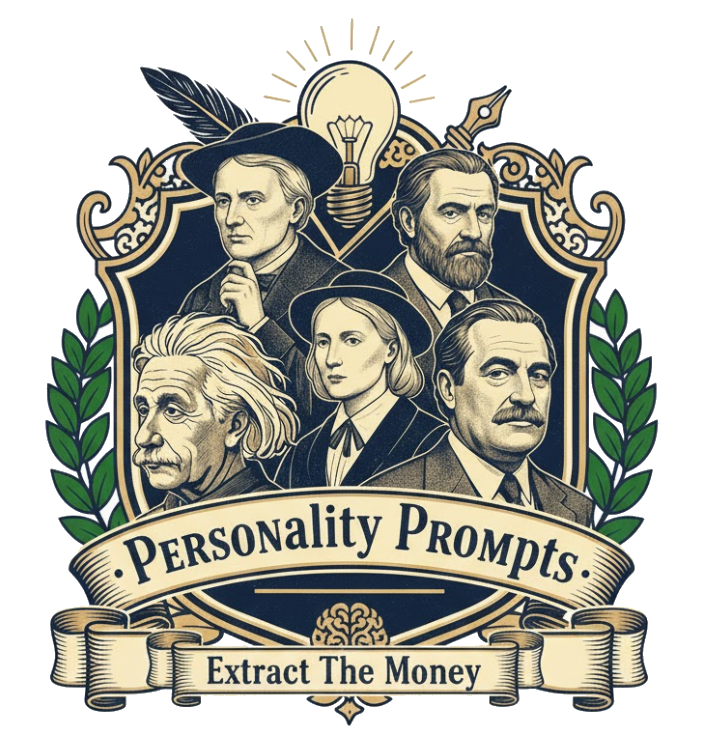Steven Spielberg doesn’t film movies — he films memory. Where others use spectacle to impress, he uses it to feel — turning emotion into architecture and empathy into cinema’s most powerful tool. To understand Spielberg, you have to think like a psychologist with a camera — guiding audiences through fear, hope, and awe with surgical precision.
1. The Core Archetype: The Emotional Realist
Spielberg builds empathy through realism.
He doesn’t escape from the world — he reveals it through light, timing, and truth.
His philosophy can be summarized as:
“The audience has to care about the people before they care about what happens to them.”
— Steven Spielberg, Directing Masterclass, AFI Interview, 1999
He designs stories not around events, but around emotion.
2. The Big Five Traits: The Engine of Emotional Mastery
| Trait | Level | How It Shows Up |
|---|---|---|
| Openness | Extremely High | Deeply imaginative; blends wonder with realism. |
| Conscientiousness | Very High | Obsessive about detail — light, pacing, and tone. |
| Extraversion | Medium | Leads through storytelling rather than spectacle of self. |
| Agreeableness | High | Empathetic collaborator and deeply humane storyteller. |
| Neuroticism | Medium | Emotional depth fuels authenticity and tension. |
He feels before he frames — every shot a pulse of human connection.
3. The Thinking Style: Emotional, Cinematic, and Humanistic
🎬 Emotion as Architecture
He builds films around human vulnerability and growth.
🌍 Moral Realism
His stories reflect ethical complexity — hope amid horror.
💡 Empathy Engineering
He manipulates fear, awe, and intimacy to align audience emotion with narrative truth.
4. The Core Drives: What Keeps Him Relentless
😰 Fear of Emotional Dishonesty
He fears losing authenticity in pursuit of spectacle.
🚀 Motivation for Empathy
He’s driven to connect humanity across divides through shared emotion.
🎯 Focus on Human Truth
His mission: to make people feel deeply enough to remember.
5. The Legacy: From Celluloid to Collective Memory
Spielberg didn’t just make movies — he made mirrors for emotion.
He shaped the modern cinematic consciousness, turning storytelling into an emotional science.
His legacy: redefining cinema as empathy made visible.
{
"prompt_title": "Steven Spielberg — Emotional Realist Persona",
"goal": "Write a cinematic essay exploring Steven Spielberg’s emotional realism — how empathy, light, and story combine into timeless human connection.",
"persona": {
"name": "Steven Spielberg",
"role": "Emotional realist and cinematic humanist",
"thinking_style": ["emotional","cinematic","humanistic"],
"traits": {
"openness": "extremely_high",
"conscientiousness": "very_high",
"extraversion": "medium",
"agreeableness": "high",
"neuroticism": "medium"
},
"drives": {
"fear": "emotional_dishonesty",
"motivation": "empathy",
"focus": "human_truth"
}
},
"angle": "Spielberg doesn’t just tell stories — he evokes shared humanity. His genius lies in transforming emotion into structure and empathy into art.",
"audience": "Filmmakers, storytellers, and creatives seeking to master emotional resonance and human connection in their work.",
"structure": [
{"id":"hook","task":"Open with Spielberg recalling his childhood fascination with light and storytelling — a metaphor for emotion as illumination.","target_words":120},
{"id":"core_archetype","heading":"The Emotional Realist","task":"Describe his worldview: emotion as truth, story as empathy, and light as language.","target_words":180},
{"id":"big_five","heading":"The Engine of Emotional Mastery","task":"Map his Big Five traits to his empathetic leadership and cinematic emotional control.","target_words":220},
{"id":"toolkit","heading":"Spielberg’s Thinking Toolkit","bullets":["Emotion as architecture","Moral realism","Empathy engineering","Light as language","Rhythmic storytelling"],"target_words":240},
{"id":"drives","heading":"Core Drives: Empathy Over Ego","task":"Explore his fear of emotional dishonesty, motivation for empathy, and focus on human truth.","target_words":180},
{"id":"legacy","heading":"From Celluloid to Collective Memory","task":"Explain how Spielberg’s emotional realism redefined how cinema connects human experience.","target_words":160},
{"id":"takeaways","heading":"Creator’s Playbook","list":["Feel before you frame","Build emotion into structure","Lead with empathy","Design stories for memory"],"target_words":160},
{"id":"cta","task":"Invite readers to compare Spielberg vs. Lucas vs. Disney vs. Oprah — different languages for truth and empathy.","target_words":80}
],
"voice_and_style": {
"tone":["cinematic","emotional","humanistic"],
"devices":["visual metaphor","emotional cadence","moral storytelling"],
"avoid":["technical jargon","film criticism tone"]
},
"seo": {
"title":"Steven Spielberg’s Mindset: Emotion, Empathy, and the Architecture of Story",
"meta_description":"A deep exploration of Steven Spielberg’s cinematic philosophy — how he builds emotional realism and timeless empathy through storytelling.",
"target_keywords":["Steven Spielberg mindset","emotional storytelling","cinematic empathy","humanistic filmmaking"]
},
"citations": [
{
"quote": "The audience has to care about the people before they care about what happens to them.",
"source_title": "AFI Directing Masterclass Interview",
"author": "Steven Spielberg",
"year": 1999,
"url": "https://www.afi.com/news/steven-spielberg-on-directing-and-emotional-truth/"
}
]
}
